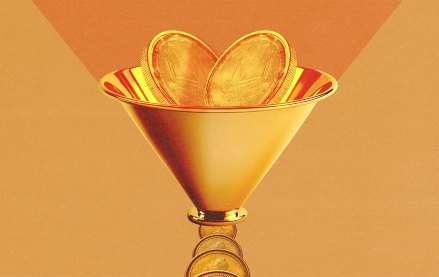Roughly a decade ago, while in business school, I became enthralled by behavioral economics. Behavioral economics holds that rational economic models seldom prevail. Most people who lose a $10 bill on the way to the movies will still buy a movie ticket, whereas most people who lose their ticket (also of $10 in value) will not buy a new one. Reality gets in the way of models.
The key to social advertising is creative that people find engaging and want to share, just as a key component of any good economic theory is reality. If advertising before Ogilvy and Wunderman was all art, and advertising since has mostly been engineering, I think we’re entering an era of true “imagineering” in digital that finally combines art and science.
The current obsession in the industry is with audience-based targeting platforms. Programmatic and exchange-based ad buying are the equivalent of econometrics, or classical economics. Getting the best prices and optimizing effectively are important. They’re critical to making this industry work at scale. But great trading doesn’t matter unless the creative moves real humans with their subjective and unpredictable emotions to react, and in social advertising to share. It’s not worth debating which part is more important; the answer is both.
At BuzzFeed we spend a ton of time measuring and engineering for sharing. We don’t believe sharing just happens, that it’s like catching lightening in a bottle. We spend equal time thinking about what is great creative that people will relate to, experience novelty in, and want to share. We tracked 2 billion events across 225 million uniques of partner traffic in our Mongo databases in June, but we also applied the best of our creativity to hundreds of organic posts and branded content posts in conjunction with our agency and brand partners.
For social advertising to reach its true potential, it must be guided by math and moved by art. We need to trade like econometricians and do creative like behavioral economists.
More in Media

Digiday+ Research: Publishers’ growing focus on video doesn’t translate to social platforms
Major publishers have made recent investments in vertical video, but that shift is not carrying over to social media platforms.

Technology x humanity: A conversation with Dayforce’s Amy Capellanti-Wolf
Capellanti-Wolf shared insight on everything from navigating AI adoption and combating burnout to rethinking talent strategies.

How The Arena Group is rewriting its commercial playbook for the zero-click era
The company is testing AI-powered content recommendation models to keep readers moving through its network of sites and, in doing so, bump up revenue per session – its core performance metric.





